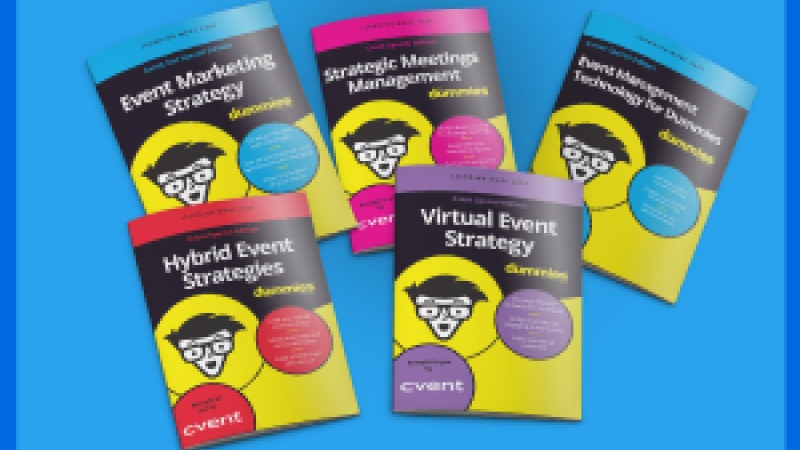How well do you measure and optimize your event program? When it comes to measurement and optimization, it's not always clear what to track and how to improve. If you only measure revenue to track event success, you aren't looking at the entire picture. In reality, you're missing out on some key factors. When it comes to measuring event program success, or return on investment, you should be tracking more than dollars. For instance, you can track customer loyalty and attendee engagement. After measurement comes optimization. To succeed, you need to optimize your event program year-over-year. Most importantly, you need to understand data privacy and security. Measurement and Optimization are a Center of Performance in the Event Evolution Model. Find out where you fit in terms of measurement and optimization.
Understand Your Return on Investment (ROI)
Meetings, conferences, and trade shows can consume up to a quarter of a typical B2B marketing budget. Naturally, this means event get a lot of scrutiny. In fact, the C-Suite is often involved in providing that scrutiny. This is why it's important to prove event success in more than just dollars. Revenue is incredibly important, but it doesn't show the whole picture. You need to be able to track return on investment through cost and attendee experience to have a stronger proof of impact.
What You Need to Track
- All costs, direct or indirect
- Attendee counts
- Ticket sales
- Attendee satisfaction
- Event and attendee data
Optimize the Attendee Experience
Your attendees have more options than ever to engage with organizations and brands. Most importantly, your ability to attract and engage customers and prospects is only as good as the last experience you delivered. Consequently, you need to collect and utilize event and attendee behavior across all your events. In fact, it's critical if you plan on optimizing the year-over-year (YoY) experience for your attendees.
How to Do It
- Make improvements in severe problem areas
- Use survey feedback from attendees to improve the event experience
- Use data to pinpoint areas to improve
- Make changes across your entire event program
Focus on Data Privacy and Security
Privacy laws and data regulations are rapidly evolving across our digital world. Today, they're impacting every aspect of the event planning and execution lifecycle. To ensure compliance, you need to have an understanding of applicable laws and regulations (including industry-specific regulations). First of all, familiarize yourself with rules and regulations. Then, audit your current program to identify whether or not you're compliant. Above all, with data privacy and security you'll be able to build greater trust between you and your attendees.
In Your Events Program...
- Laws and regulations governing attending data are understood.
- Deliver compliance yourself, without reliance on vendors.
- Compliance extends to all attendee touchpoints.
- Security is standardized and is scaled across the total meetings and events program.
Finally, if you want more information you can check out the other resources on Cvent's Event Evolution Model. Additionally, you can take the Event Evolution Benchmark to see where you fall.





